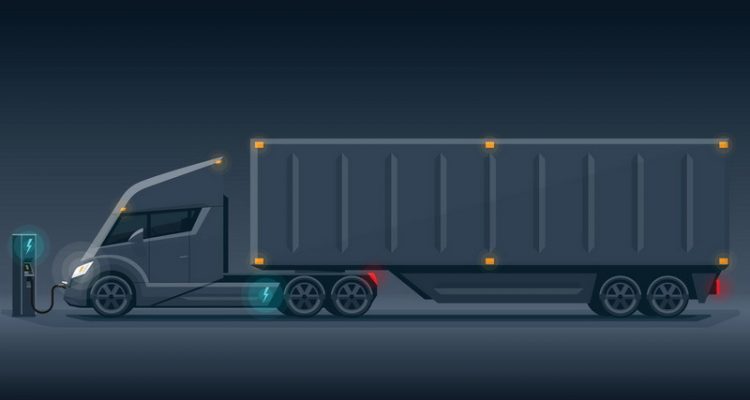A recent article published on the Quartz website explores what cars and trucks will look like by the end of the next decade. Needless to say the article focused a lot on automation. After all, that seems to be the holy grail of auto and truck manufacturing right now. For the trucking industry however, issues run far deeper than whether or not drivers will be still doing the same job in 2030.
The trucking industry wants to know what trucks will look like in future years. Unlike driving a car, driving a truck requires a lot more thought, knowledge, skill, and work. The average truck driver does more than sit behind a steering wheel and press the accelerator. He or she has a ton of things to pay attention to, things ranging from regulatory compliance to cargo control.
Before Hitting the Road
Before a truck driver ever hits the road, he/she has to consider the trailer and cargo being hauled. If the driver is working with a dry goods van, he or she has one set of considerations. If the trailer is a tanker, an entirely different set of considerations comes into play.
The most challenging kind of trailer is the open-deck trailer, explains Ohio-based Mytee Products. Open-deck trailers are used to haul cargo that does not fit well with any other kind of trailer. Moreover, limitless cargo configurations require a library of knowledge regarding cargo control regulations – along with a good understanding of math and physics.
Mytee Products explains that human drivers are ultimately responsible for making sure their trailers are loaded properly. They also have a legal responsibility to guarantee that cargo is secure at all times. This leads to the subject of automation. Building cars and trucks that can drive themselves is one thing, but will trailer loading and cargo securement ever be automated?
Once on the Road
The Quartz article mentioned how future automated cars will be fitted with tons of cameras and sensors. All of the electronic gadgets will work together to keep automated cars in their lanes. The sensors will also theoretically reduce accidents by allowing cars to automatically space themselves, apply the brakes in preemptive fashion, and so forth.
All of those same things apply to trucks, at least where the actual task of driving is concerned. But once again, there’s more to it than that. Truck drivers have to account for a variety of conditions car drivers need not worry about.
For example, how will an automated truck adjust for a dangerous climb when driving through the mountains in a snowstorm? Will there be some way to automate chain installation, or will chains no longer be necessary due to some technology we don’t even know about yet?
Truck drivers also have to periodically check their loads during transport to make sure all is secure. This seems like a task that would be hard to automate. Then there are those split-second decisions truck drivers have to make to control their cargo in the event of an accident. Will computers be capable of making those split-second decisions and, if so, will ethics play any part in their programming?
It’s easy to conceptualize automated cars and trucks based on the assumption that there is little more to driving than accelerating, steering, and braking. But sometimes it seems like people don’t appreciate just how much work the brain does getting a vehicle from point A to point B safely. Knowing how complex it all is leads many to question whether or not trucks will look all that different 10 or 20 years from now.


